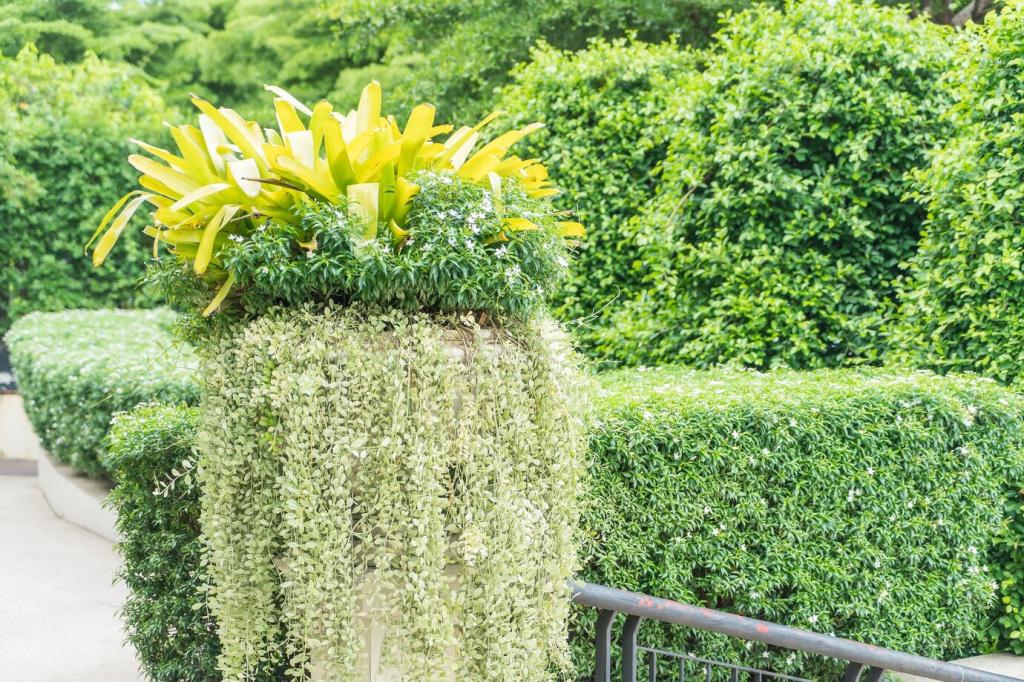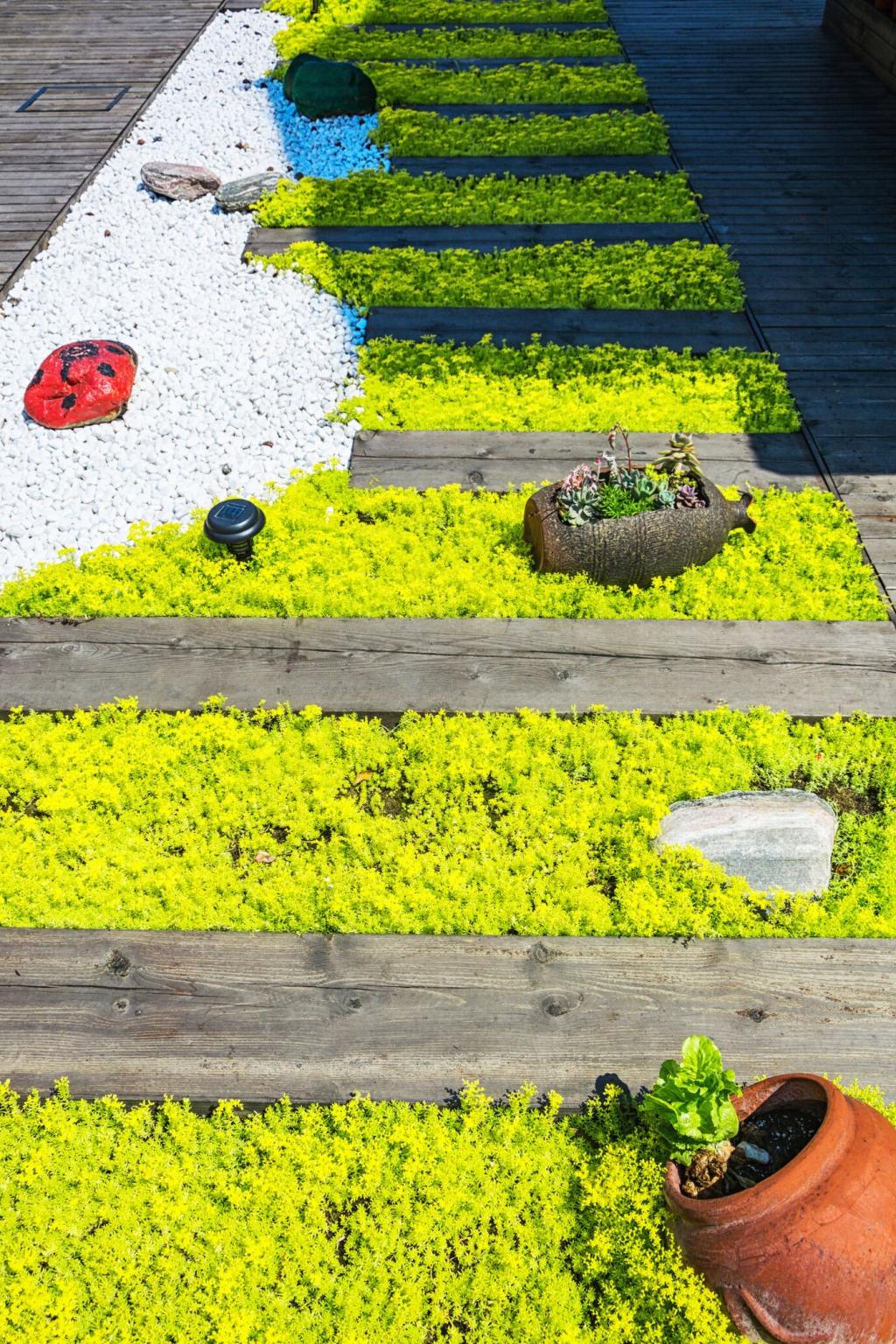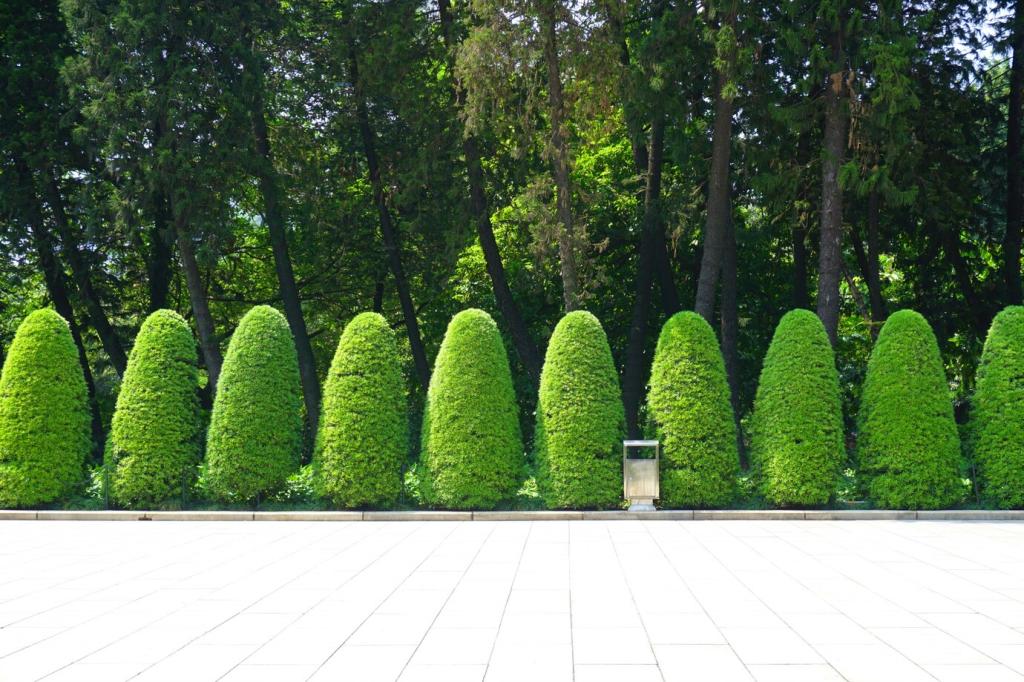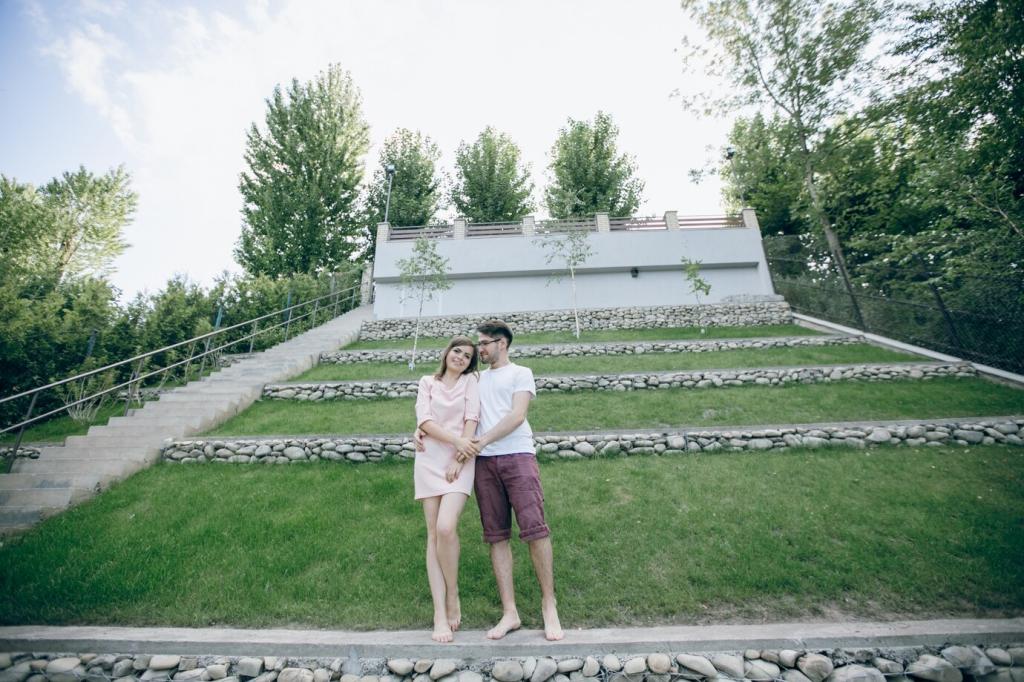Sensory Minimalism: Water, Light, and Sound
A still reflecting basin or narrow rill amplifies sky and softens city noise. Keep forms simple and hardware hidden. The quieter the water feature looks, the more profound its presence feels in daily life.
Sensory Minimalism: Water, Light, and Sound
Limit fixtures, elevate quality. Grazing light over textured walls, a single downlight on a tree, or path lights set low can sculpt night spaces. Control glare so darkness remains a collaborator, not an enemy.
Sensory Minimalism: Water, Light, and Sound
Plant rustling grasses, place stones where footsteps echo, or screen mechanical noise with dense evergreen hedging. Minimalism does not mean silence; it means choosing sounds that calm and connect you to place.
Sensory Minimalism: Water, Light, and Sound
Lorem ipsum dolor sit amet, consectetur adipiscing elit. Ut elit tellus, luctus nec ullamcorper mattis, pulvinar dapibus leo.






